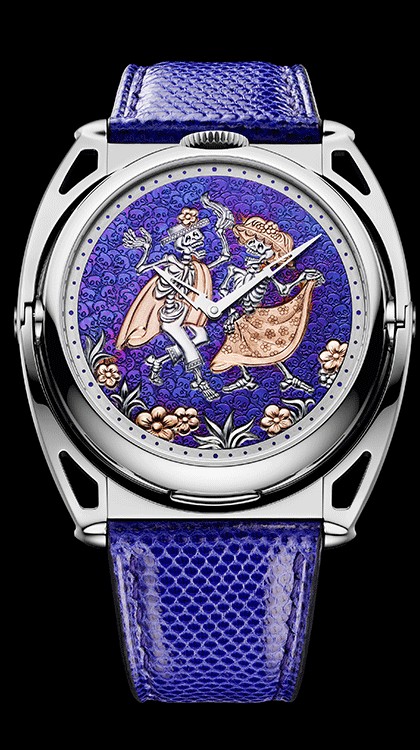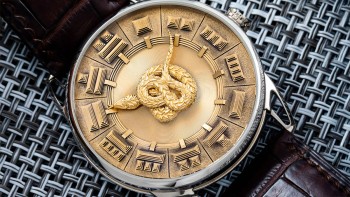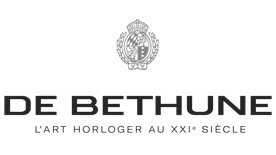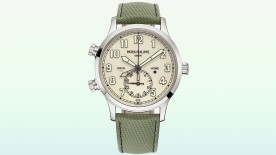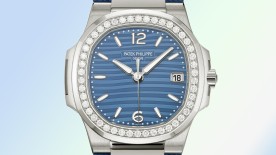I’ve never made any secrets about how much I appreciate De Bethune, but what I don’t mention as much is how embarrassingly long it took me to get here. My journey towards full-on adoration didn’t have the most propitious start. I saw my first De Bethune in 2010 when I was just starting out in my horological education, and if you know the brand at all, you know that you can’t thrust their watches in front of a horological newbie just like that. The watch I encountered was the newly launched DB28, and I was immediately intimidated by the vast intelligence behind it, and how different it looked from everything else. Now that the DB28 has been in existence for over two decades and we’re all familiar with the aesthetic of independent avant-garde watchmaking, this sort of rookie terror seems laughable in hindsight. That wasn’t the case back in 2010.
If you’re someone who fell in love with De Bethune without knowing very much about watchmaking, that tells me you have a natural eye and an innate affinity for micromechanical innovation, and I take my hat off to you. My own admiration for De Bethune’s creations grew proportionately as I advanced in my horological education and developed my critical and analytical faculties in this domain. I honestly feel that Denis Flageollet is the greatest independent watchmaker working in Switzerland today (I don’t presume to know enough about fine watchmaking beyond Switzerland to make this statement in a global context). There are a number of watchmakers with astounding levels of creativity and genius in that category, but in my opinion Flageollet sets himself apart with his propensity for innovation that is rooted in pragmatism.

If there’s one area in which I feel that De Bethune watches perhaps don’t get as much credit as they deserve, it’s got to be their use of decorative elements. While mechanical performance and overall design are rightfully the focus of most De Bethune connoisseurs, there is an exceptional quality to the pieces that emphasise the applied arts.
I’m talking about watches such as this year’s DB28xs Aérolite, with its mesmerising dial of heat-treated meteorite. As we all know, meteorite dials are celebrated for their unique appearance, with their internal structure of long intersecting ferrite crystals, known as Widmanstätten patterns. This iron content is what allows meteorite to react to heat in the same way as flame-blued steel. When combined with the texture of guillochage, the dial of the DB28xs Aérolite is one of the most beautiful things I’ve seen from De Bethune, and that’s a considerable statement.
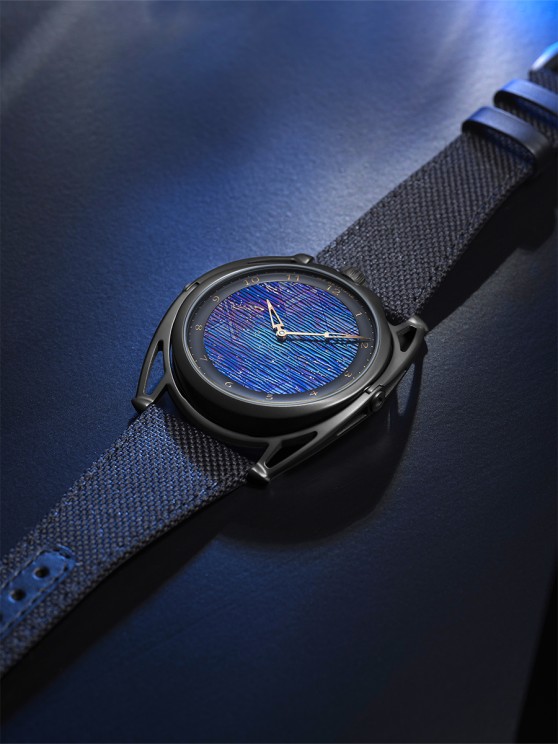
This isn’t the first time we’ve seen De Bethune do creative things with meteorite; unless I’m very much mistaken, they’re also the only brand that has a watch fully cased in a solid mass of sculpted meteorite, the Dream Watch 5 Meteorite from 2016. At any rate, it’s certainly the only wristwatch with such an audacious case design in full meteorite.
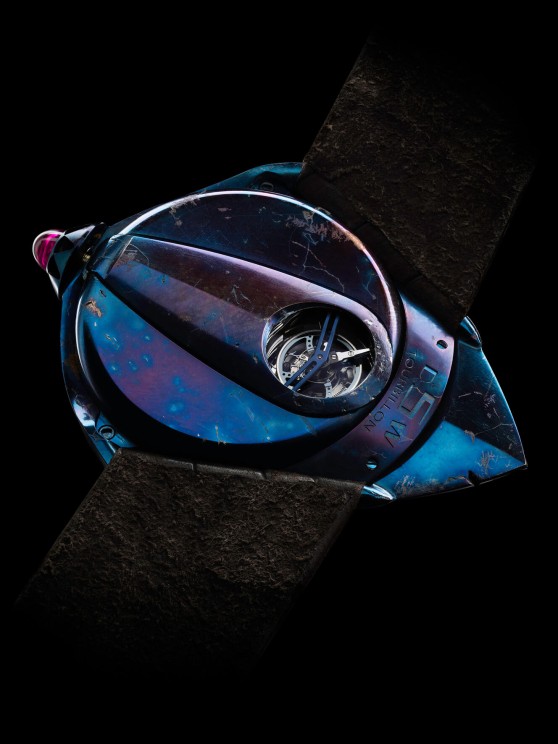
Speaking of the DW5, the Dream Watch 5 Al-Amal, recently launched at the Mavericks of Time exhibition in the UAE, is the latest example of a De Bethune watch that celebrates regional culture. The Arabic calligraphic engravings on its case consist of the various different forms in which love can be expressed in this rich language.
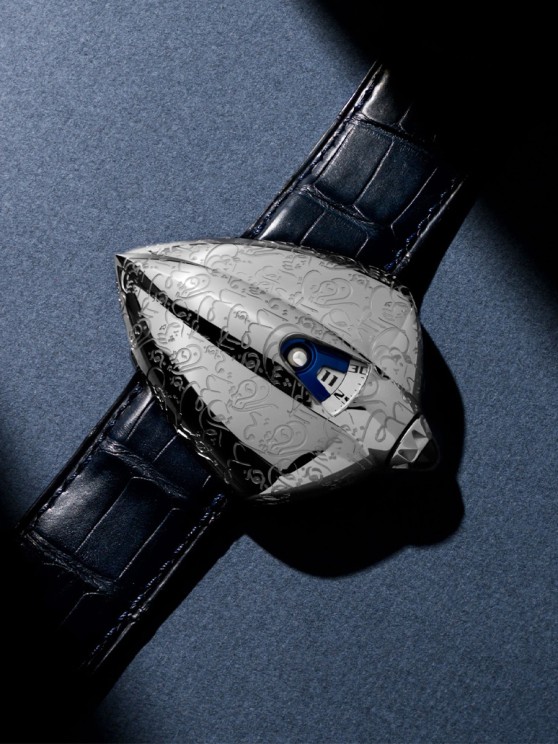
Special editions linked to a particular culture have been a consistent part of De Bethune’s product line over the years. Pieces such as the DB25 Quetzacoatl from 2015, the DB25 Imperial Fountain from 2013 and the more recent Maestri’Art watches pay tribute to traditional folklore and important cultural artefacts from all over the world.
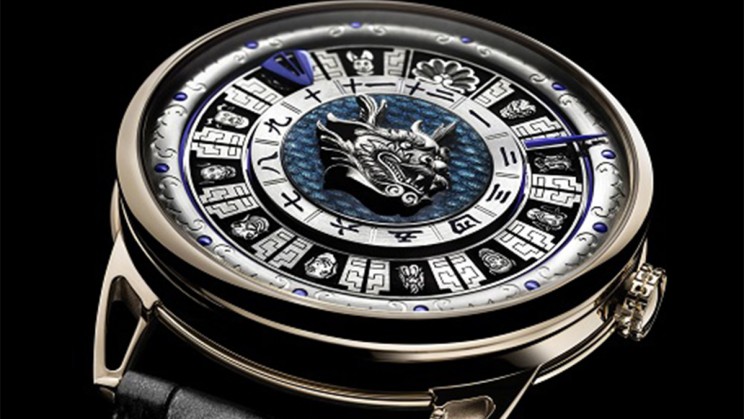
These watches reflect Denis Flageollet’s own keen interest in the arts, and in my opinion represent some of the best examples of watchmaking from De Bethune — bringing together exceptional mechanics, impeccable design, and high levels of artisanal craft.
